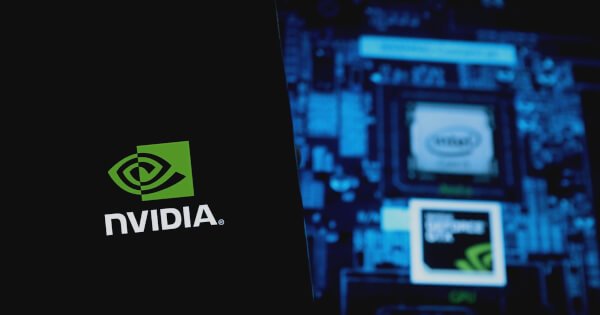
Ted Hisokawa
Oct 08, 2025 20:17
The integration of AI in 6G networks is set to transform the telecommunications landscape, positioning the U.S. as a leader in AI-native wireless technology.
The evolution of telecommunication networks is on the brink of a significant transformation with the introduction of AI-native 6G technology. This next-generation network is designed to support AI traffic, marking a departure from previous network architectures. According to NVIDIA, the U.S. is spearheading efforts to develop these AI-powered networks to regain its position as a leader in global communications.
The Emergence of AI-Native 6G
6G networks are set to redefine global communications by incorporating AI from the ground up. Unlike its predecessors, 6G will enable networks to sense and infer at the edge, supporting a vast array of AI-driven applications such as autonomous vehicles, precision agriculture, and advanced manufacturing. The development and deployment of these networks are crucial not only for economic growth but also for national security, as they will power billions of devices and run mission-critical applications.
Technological Evolution from 1G to 6G
The journey from 1G to 6G highlights the progressive complexity and capabilities of telecommunication networks. While 1G supported analog voice services, each subsequent generation introduced new functionalities, culminating in 5G’s faster data transfers and greater throughput. The anticipated 6G networks aim to surpass these advancements by supporting AI-intensive applications and ensuring efficient connectivity for billions of devices worldwide.
Advantages of AI-Native 6G Networks
The integration of AI into 6G infrastructure offers several advantages:
Built-In AI Services at the Edge: AI-native 6G will support data-intensive applications through inference at the edge, enhancing the delivery of AI services.
Extreme Efficiency: AI algorithms will optimize spectrum usage and energy efficiency, resulting in significant cost savings and improved user experiences.
New Revenue Streams: Telecommunications companies can leverage AI to create new revenue opportunities, with potential returns on AI infrastructure investments.
Software-Defined Infrastructure: The transition to software-defined architectures will facilitate rapid innovation without the need for frequent hardware upgrades.
Enhanced Cybersecurity: AI-driven cybersecurity measures will protect networks by enabling real-time threat detection and response.
Global Competition and U.S. Leadership
International standards for 6G are being developed by industry, academia, and government experts. As global competitors aim to dominate 6G deployments, the U.S. is focusing on building a robust AI-powered 6G network utilizing American technology. This initiative is crucial for maintaining global competitiveness and fostering open and transparent technology ecosystems.
For more insights into the development of AI-native 6G networks, visit the official NVIDIA blog.
Image source: Shutterstock

